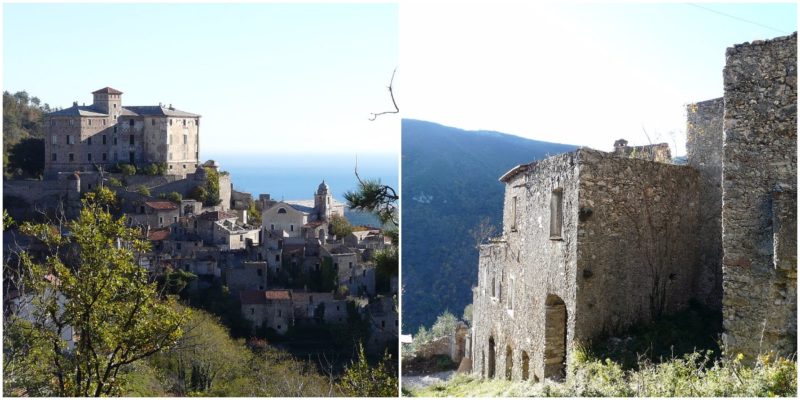In the north-west of Italy, only a couple of miles from the Mediterranean Sea and about 60 km from the French border lies the ghost town of Balestrino.
Very little is known about the origins and general history of this place, but what follows is the story of this deserted little town.
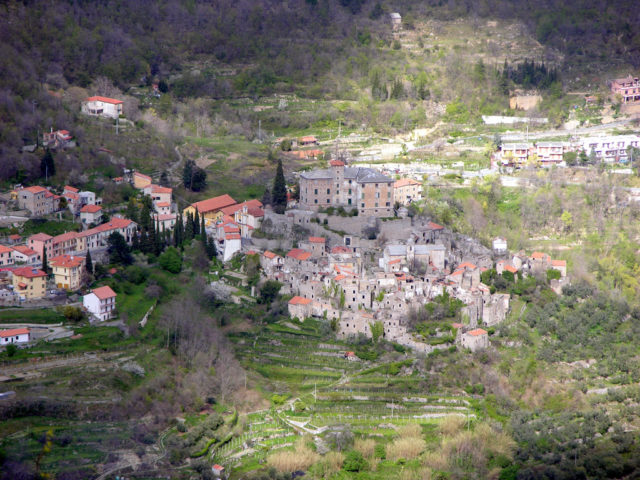
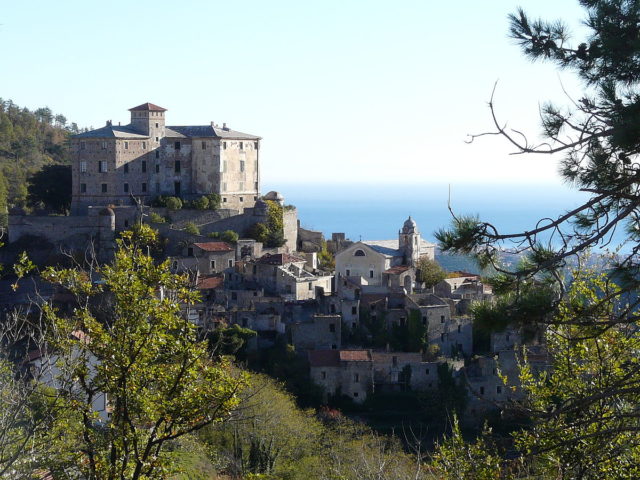
Balestrino’s origins date back to the 11th century. During the Middle Ages, the Bava family were the feudal lords of the town.
An aristocratic family from Piedmont, they were responsible for the construction of the oldest of Balestrino’s castles. They gathered people to serve them and work for them in exchange for protection, as was typical of the feudal system of government.
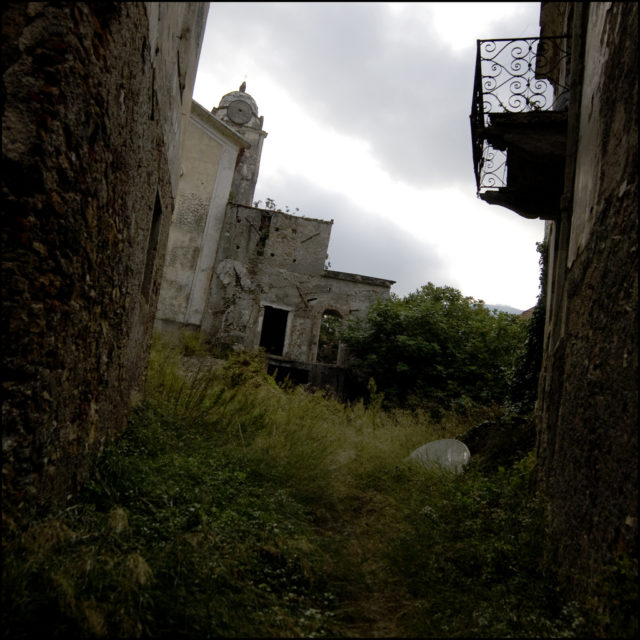
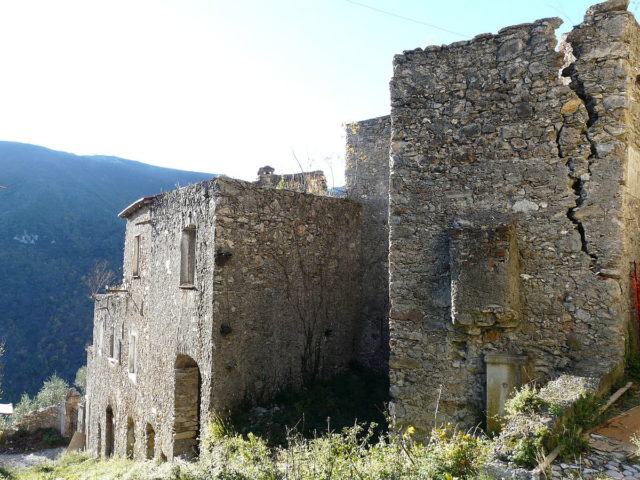
Much later, in the 16th century, another family, the Del Carettos, came into power and built their own castle. It was eventually set on fire in a riot and the lord was killed in 1651.
However, the riot was ultimately unsuccessful and the Del Carretto family survived and established a court and torture chambers to maintain control over the people and take revenge on the rioters.
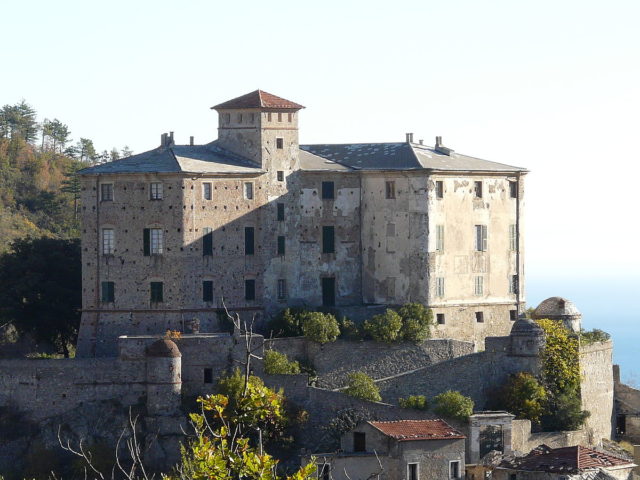
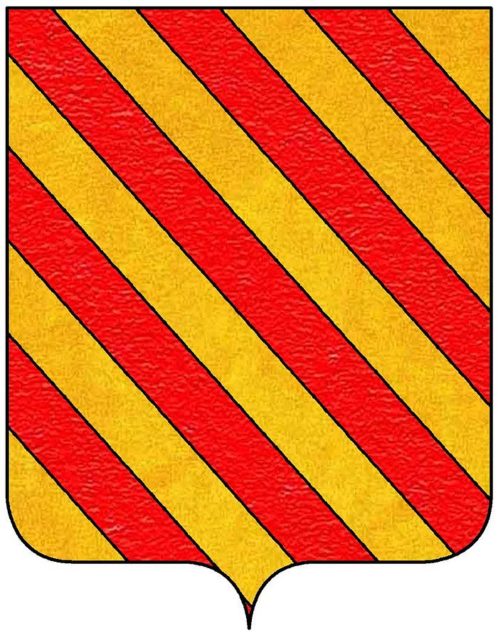
Balestrino flourished in spite of all the armies, battles and wars between locals and feudal lords for many centuries. An especially difficult period occurred during the occupation of the area by Napoleon’s forces. After the French occupation, Balestrino came under the rule of the Kingdom of Sardinia and Piedmont. In 1860, about 100 years before its abandonment, the town reached its economic and political zenith and was incorporated into the Kingdom of Italy.
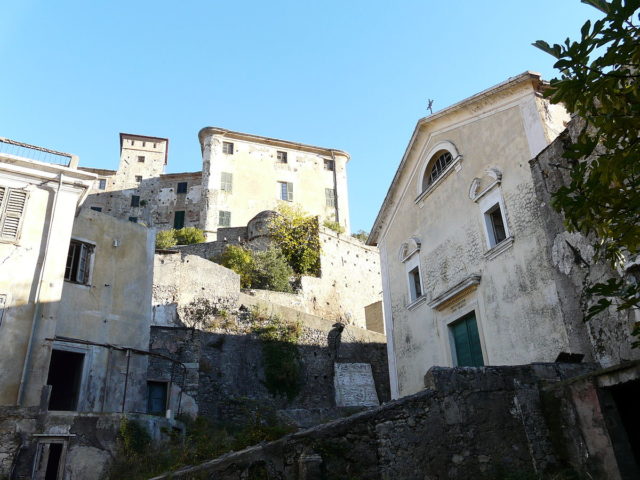
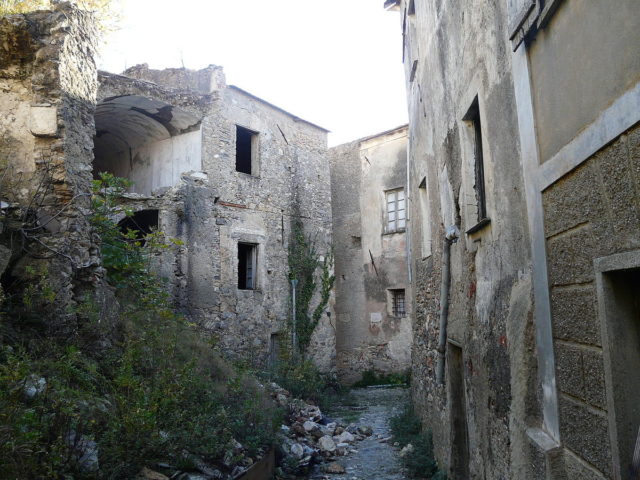
The abandonment of the town occurred in 1953 as a result of earthquakes and hydrogeological instability in the region. Multiple earthquakes struck the town, causing the population to flee and rebuild slightly to the south, just below the hill of the original Balestrino.
The abandoned area is home to some truly remarkable buildings, such as the 12th-century churches of St. Andrew and St. George. The trademark of the town and the best-preserved building is the Byzantine castle of the Del Carretto family.
